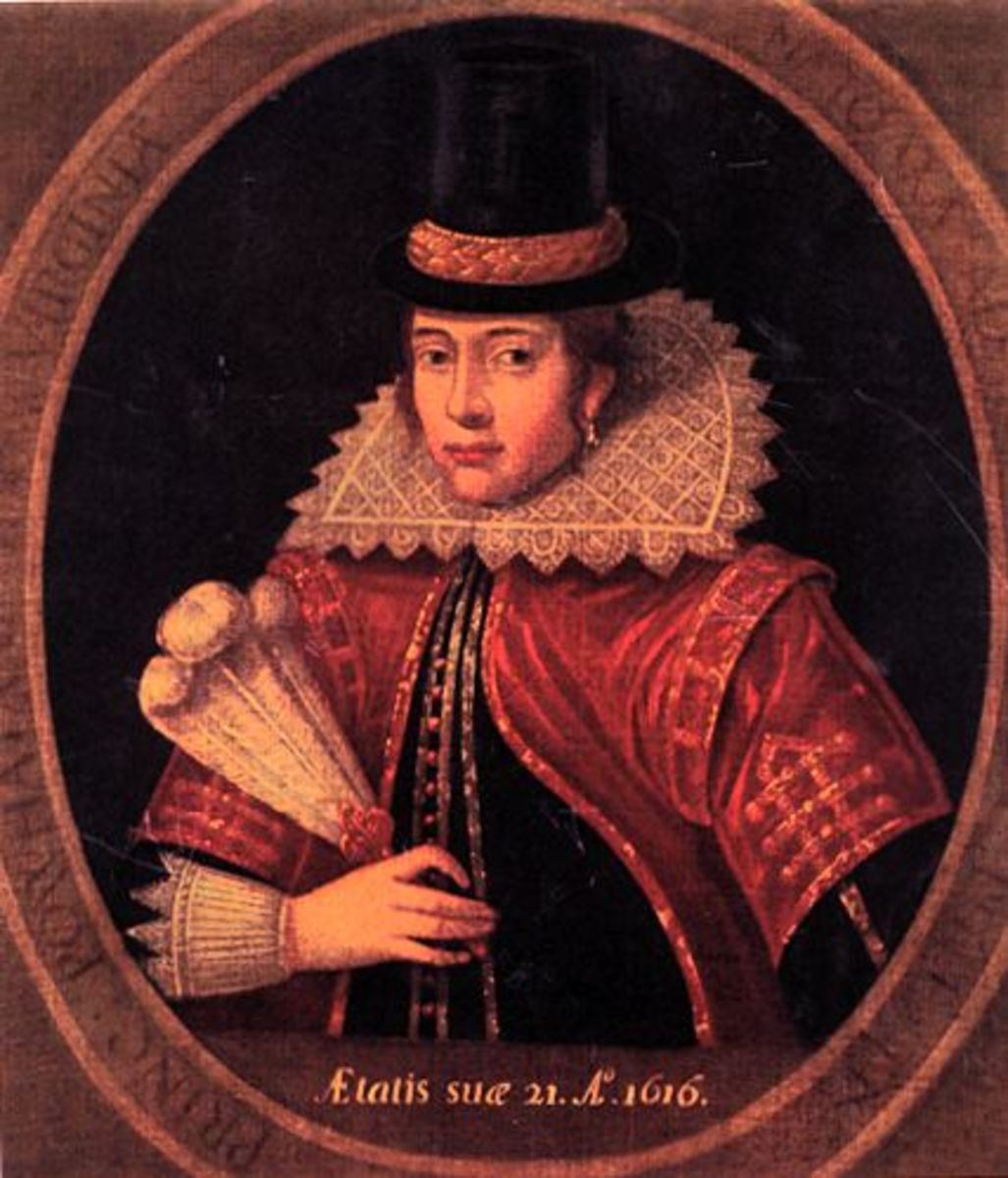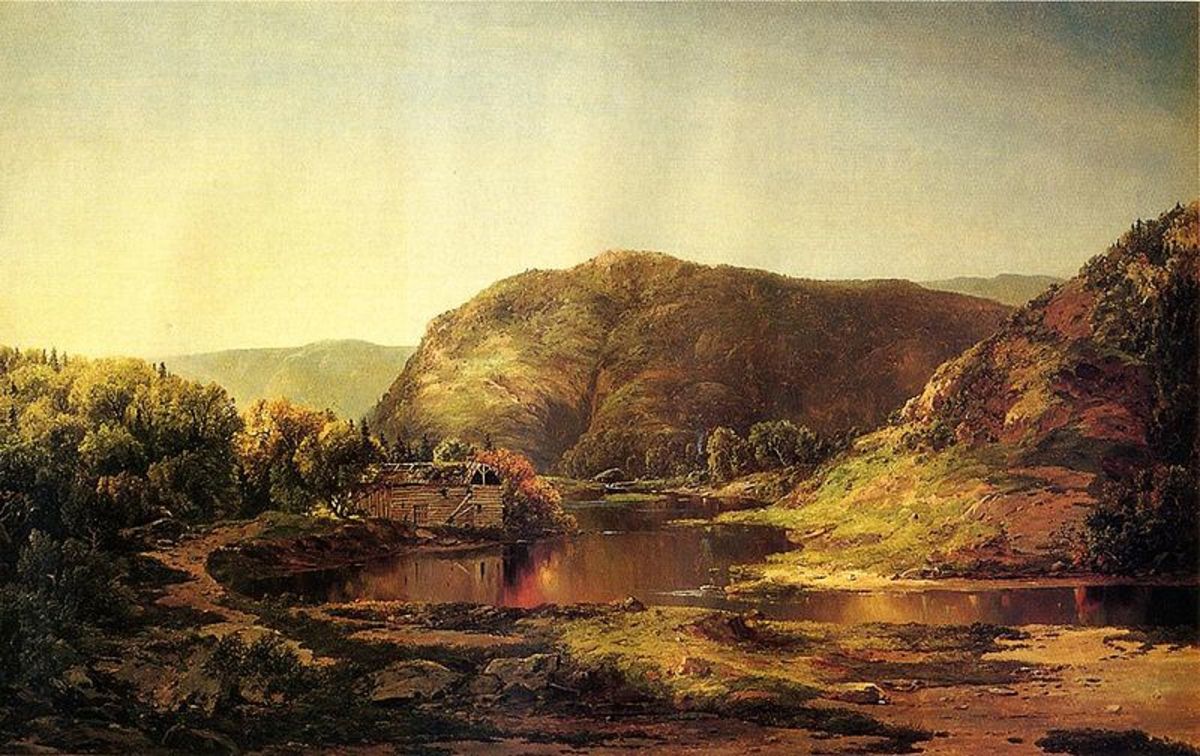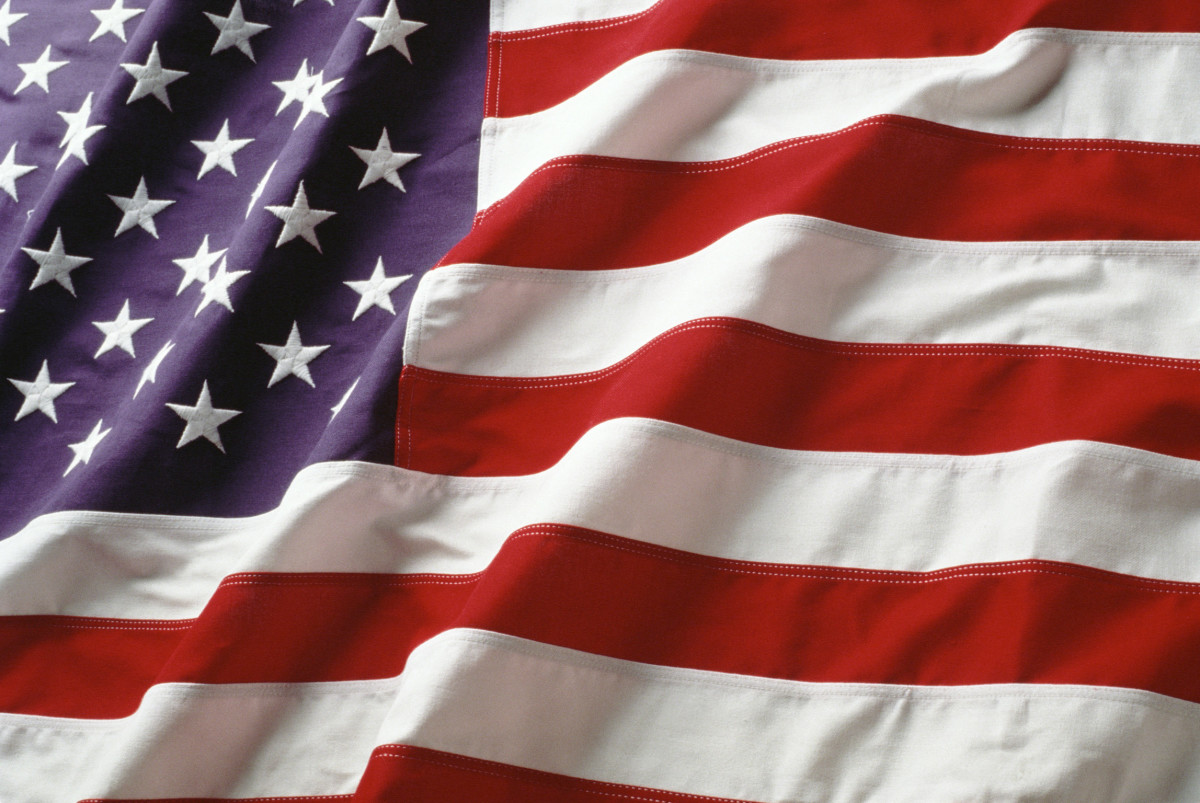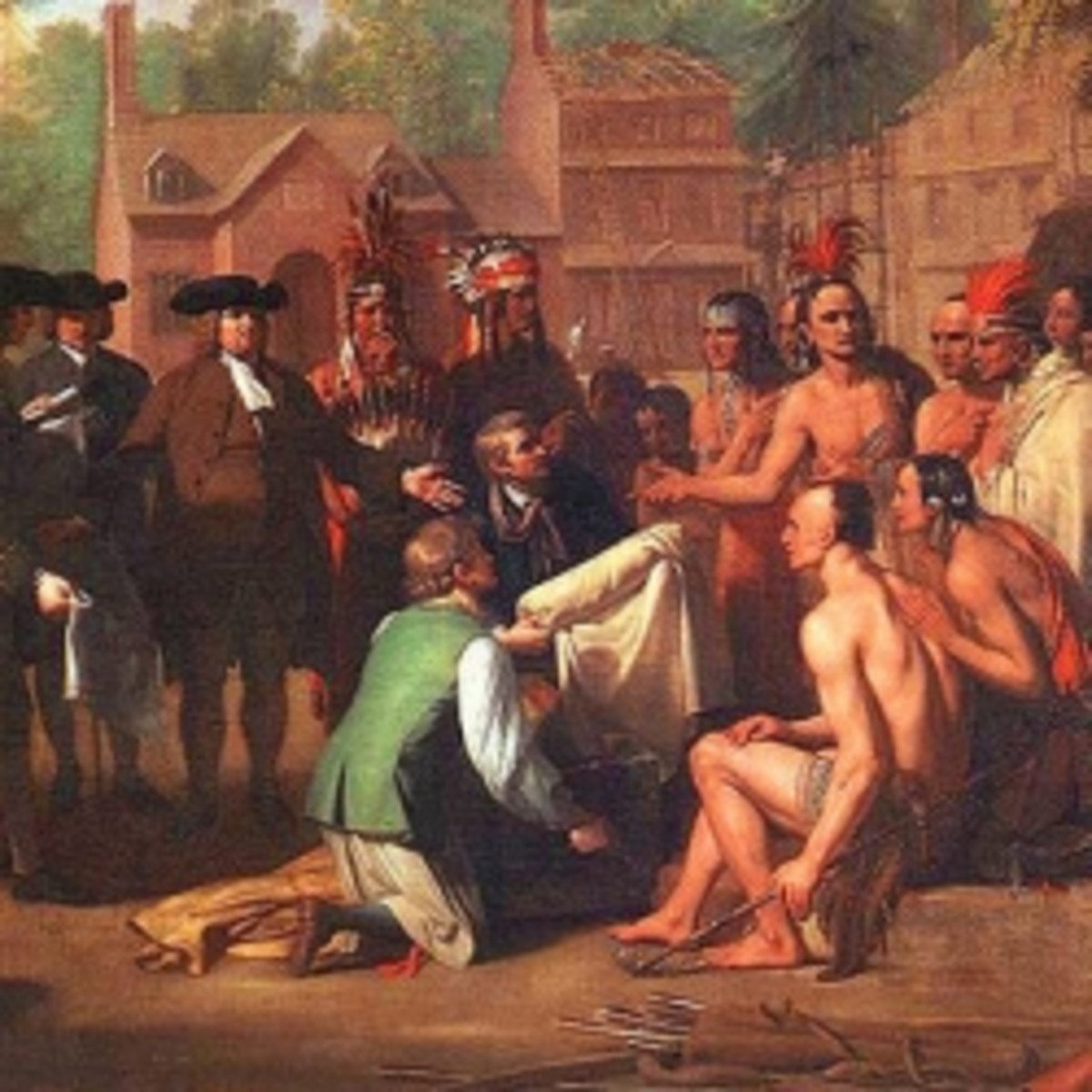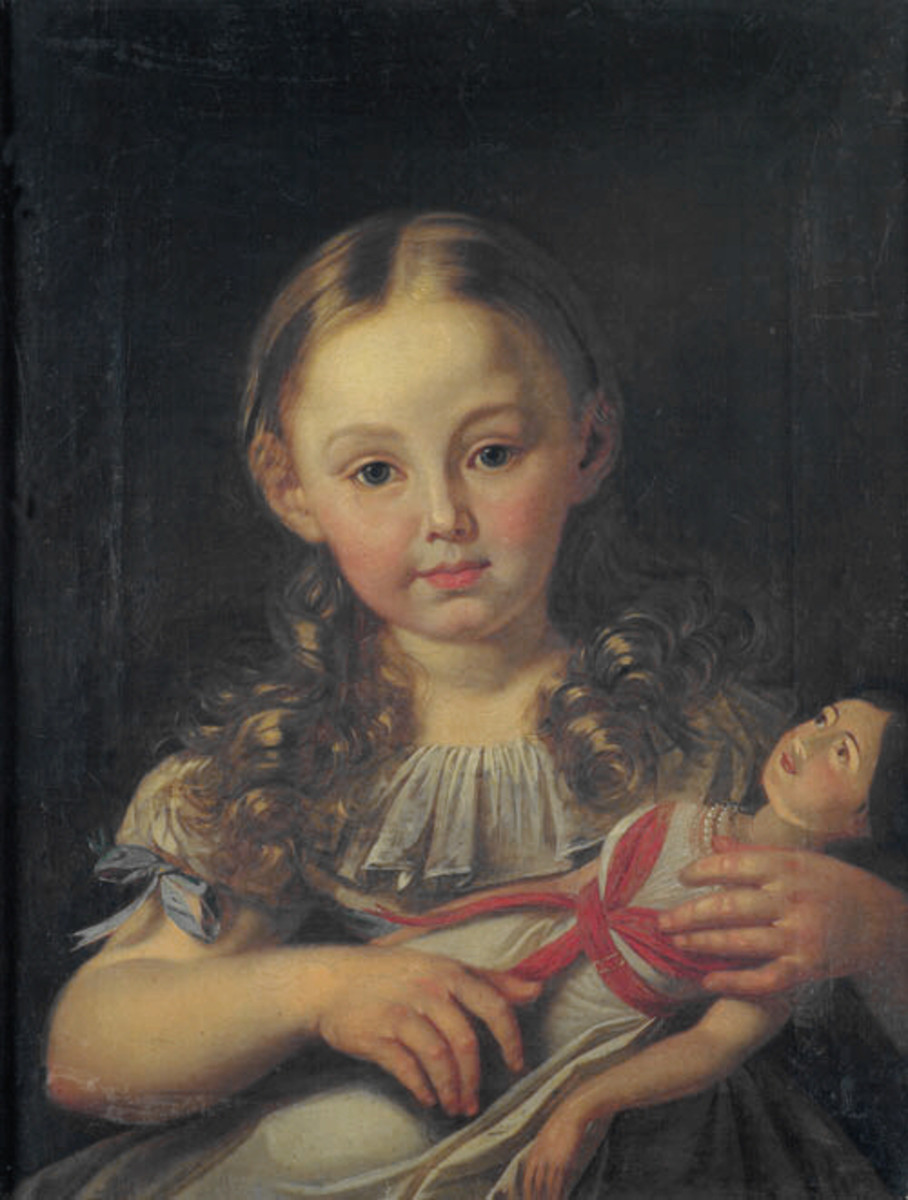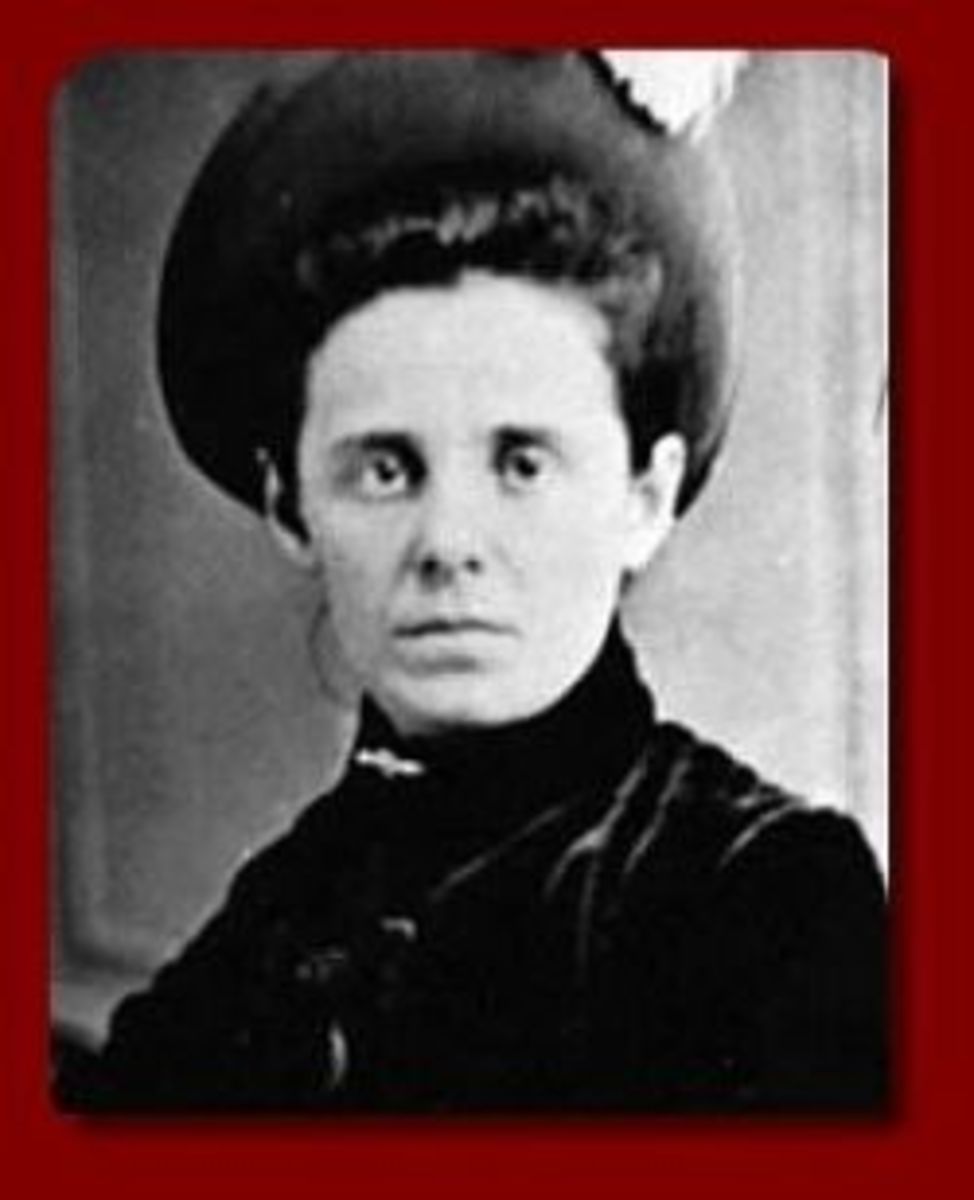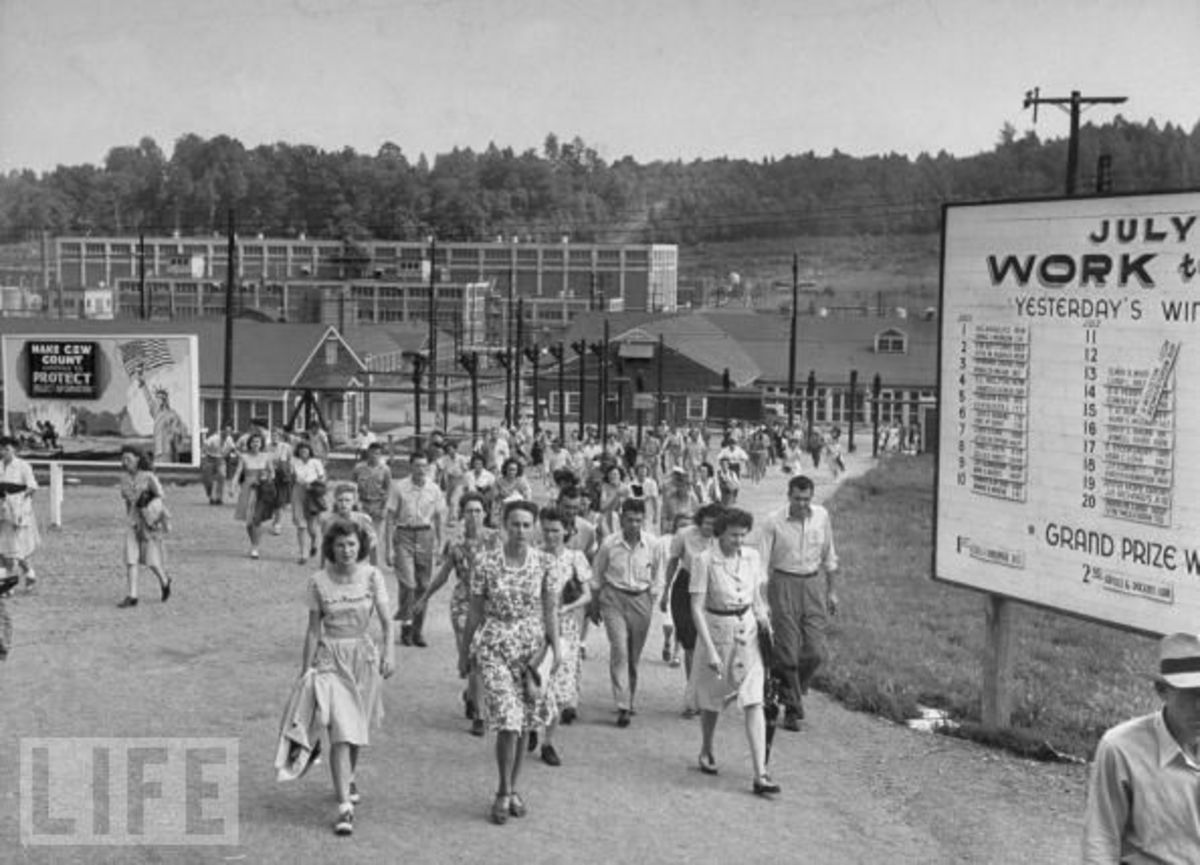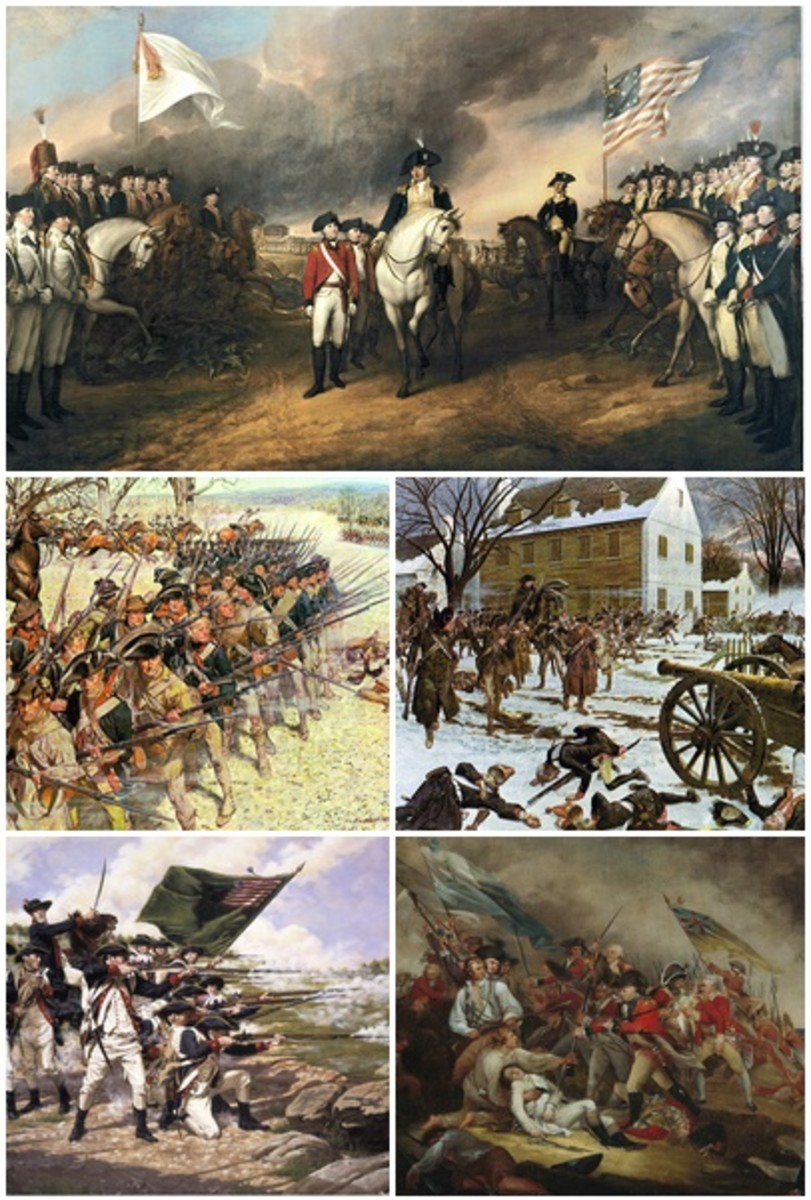- HubPages»
- Education and Science»
- History & Archaeology»
- History of the Americas
The Civilized Savage: Pocahontas
Pocahontas
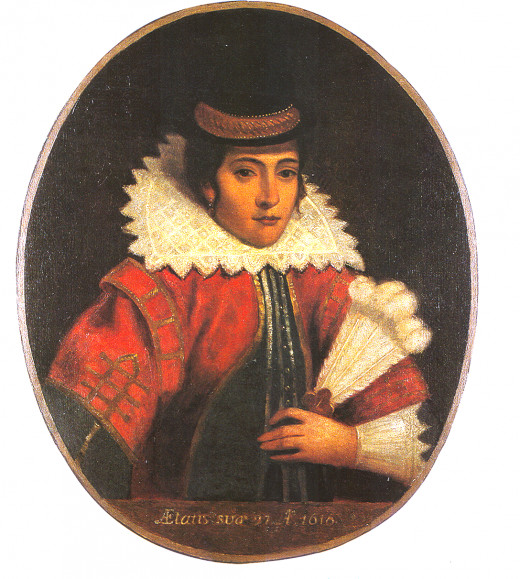
From Princess to Hostage to Lady
The Civilized Savage: Pocahontas
The Powhatan tribe was part of a confederacy, made up of thirty Algonquin-speaking tribes. Chief Wahunsonacock, more commonly called Chief Powhatan by the English colonists, ruled 12,000 people in a 9,000 square mile area—and he was not happy with the 105 English men working for the Virginia Company (an organization dedicated to settling Virginia) who settled nearby in 1605. They seemed to be rough, greedy men, and Chief Powhatan likely did not want his favorite child, Matoaka—now more famously known by her nickname, Pocahontas—to have anything to do with the white men.
Pocahontas was young when the white men arrived; John Smith, one of the leaders of newly erected Jamestown, initially described her as “a child of tenne (sic) years old,” in 1608, later amending that to twelve or thirteen in 1616. She lived with her father the chief, her uncles, her brothers in a village not far from the new settlement. The proximity of the village to Jamestown caused many conflicts … until John Smith met Pocahontas.
While out hunting, John Smith was captured by Powhatan’s second brother and brought back to Werowocomoco, the Powhatan capital village (where he acted less like Mel Gibson and perhaps a bit more like Zapp Brannigan). Unable to communicate with the chief, Smith later recounted that he was forced to kneel, laying his head on a large rock, while the incredibly tall Chief Powhatan towered over him, wielding a club to smash down onto his head. Smith said that he was sure he was doomed until he felt the arms of Powhatan’s youngest child, a girl, sliding her arms around his neck, her head resting down on top of his.
This, of course, is only what John Smith reports, and he was well known for inflating his exploits—frequently. He stated that the girl, introduced as Pocahontas, saved his life because she was in love with him, but that was probably something he made up. It is possible that Powhatan and his daughter were preforming a ritual to adopt Smith into their tribe and family, but being a narrow-minded English colonist prone to exaggeration, Smith would have misinterpreted it as Pocahontas saving his life. He never mentioned the rescue story until 1616, when he wrote a letter to Queen Anne of Denmark describing his “rescue,” saying that, “at the minute of my execution, she hearded the beating out of her own brains to save mine, and not only that but so prevailed with her father, that I was safely conducted to Jamestown.”
Maybe it was true … except he said the same exact thing happened to him in 1602. Only that time they were Turks, not Indians. While Smith never claimed to have any romantic feelings (and Pocahontas was much too young for a relationship), various retellings have put a romantic spin on Pocahontas’s first meeting with John Smith. To be clear, they were never in love; this was just an invention of later writers.
However it happened, Pocahontas and Smith became friends, and soon Pocahontas was learning English. She was intensely interested with the colonists and Jamestown, and was frequently seen playing with the boys there. She became a mediator between Jamestown and the Powhatan tribe, establishing an uneasy truce between the vastly different peoples. In the bitter winters when the colonists were starving, Pocahontas gathered several volunteers and they brought food to Jamestown every week.
However, despite all the agreements Pocahontas drafted between the English and the Indians, the colonists continued to encroach on native land. The Native Americans weren’t adverse to sharing land with the newcomers, but the English insisted on owning it, denying the original inhabitants any use of the animals, earth or plants.
Late in 1609, Smith was seriously injured when a keg of gunpowder exploded. Unable to receive adequate treatment in the New World, he was sent back to England. The colonists later told a heart-broken Pocahontas that Smith had died in the explosion; now Pocahontas and Chief Powhatan would have to negotiate with the settlers themselves.
Unfortunately, without John Smith to act as mediator, relations between the colonists and the Powhatan tribe spiraled rapidly downward, especially when new ships carrying more settlers began to arrive at Jamestown. The English tried to placate Chief Powhatan by officially crowning him “king” of Virginia, but Powhatan recognized an empty gesture when he saw it. He grew more incensed when the colonists not only continued to claim land, but also demanded that his tribe supply them with food throughout the winter.
Clashes began between the colonists and the Native Americans, and the greatly outnumbered English began to grow desperate; there would be no surviving an all-out war with the Powhatan tribe. They needed to come up with a plan to keep the Powhatans from attacking.
One day the colonists asked a visiting Pocahontas if she would like to take a closer look at their ships. Delighted, Pocahontas readily agreed, getting into one of their smaller boats and paddled out to one of the colonists’ fascinating big ships. As soon as she climbed aboard, Pocahontas found herself surrounded and quickly seized by the Englishmen. No longer a mediator between the two races, Pocahontas was now the English’s hostage. Pocahontas warned them that her father would never negotiate for her release, and when she was proven right, one hundred and fifty Englishmen marched into the nearby Powhatan village and burnt it to the ground. If the English thought they would gain anything extra by keeping Pocahontas (in other words, if they thought she would rule the tribe after her father died), they were dead wrong; the Powhatan tribe was matrilineal, meaning that Pocahontas would inherit nothing from her father. When he died, leadership would be passed on to Pocahontas’s aunt and cousins. Pocahontas would have no authority in the tribe afterwards. “Never to the heirs of the males,” Smith remarked in his memoirs.
Pocahontas was transferred to Henricus, another English colony, where her English improved and she began to learn about Christianity. When a battle raged along the Pamunkey River, Pocahontas was brought in to negotiate peace, but decided to stay with the English afterward, allegedly stating that her father the chief valued her, “less than old swords, pieces or axes.” She returned to Henricus, and was courted by wealthy tobacco plantation owner John Rolfe. After she agreed to marry Rolfe and Chief Powhatan supported the idea (a marriage between the Powhatans and the English could bring peace), Pocahontas was baptized and renamed “Rebecca,” after the biblical character who was the mother of two nations. Their marriage on April 5 1614, was the first interracial marriage in American history. Pocahontas gave birth to their son Thomas on January 30, 1615,
In 1616, Pocahontas traveled to England with Rolfe, their son and eleven warriors and holy men from her tribe. Pocahontas probably wasn’t aware of it, but the Virginia Company was using her as an example of the “civilized savage,” showing potential investors for the colonies that it was possible to convert the Native Americans to Christianity and to behave more like the English themselves. It was during this time that a shocked and angry Pocahontas met a healthy John Smith again. It took some time to heal the pain, and John Smith frequently placed Pocahontas’s station far above his, referring to her as “a king’s daughter.”
Sadly, Pocahontas’s happiness did not last. As a Native American, she had no immunities to European diseases, and became sick with an unknown disease shortly after setting sail for Virginia again. Pocahontas died at the age of twenty-two, and was buried on March 21, 1617 at St. George’s parish in Gravesend. The exact location of her burial is unknown.
Pocahontas works referenced:
Uppity Women of the New World, by Vicki Leon
America’s Women, by Gail Collins
The Element Encyclopedia of Native Americans, by Adele Nozedar
The Native Americans, by David Hurst Thomas et al

